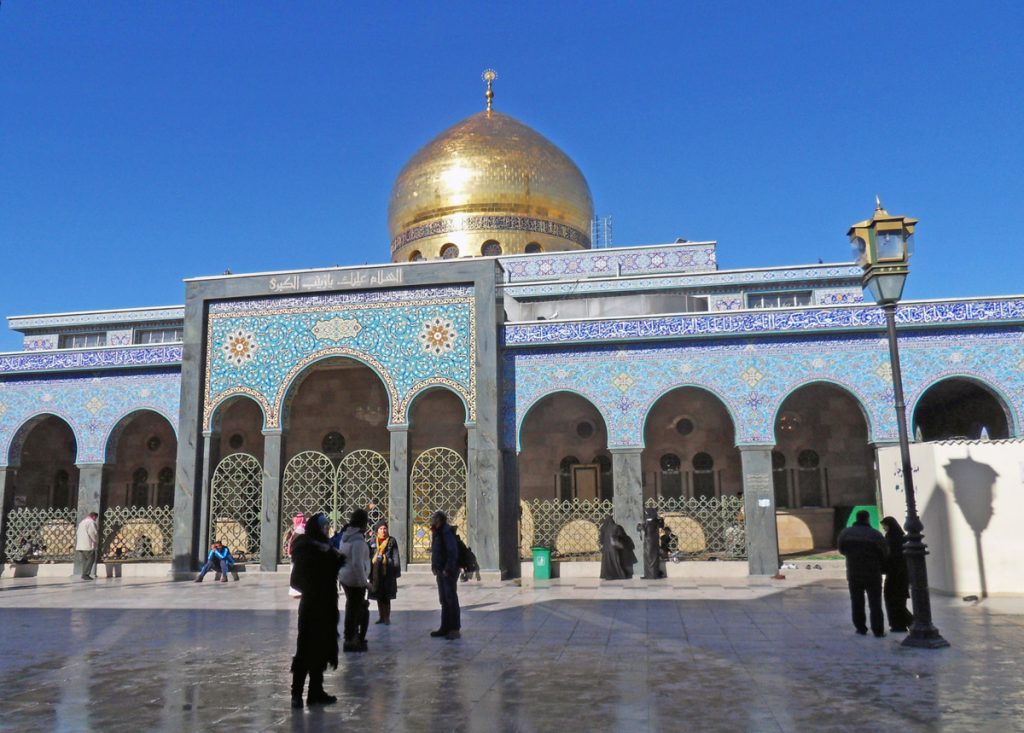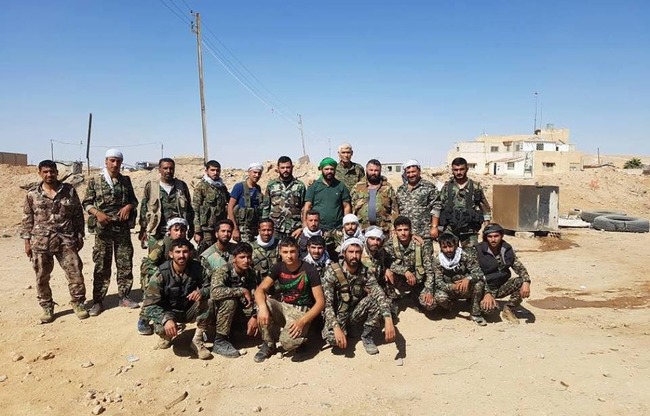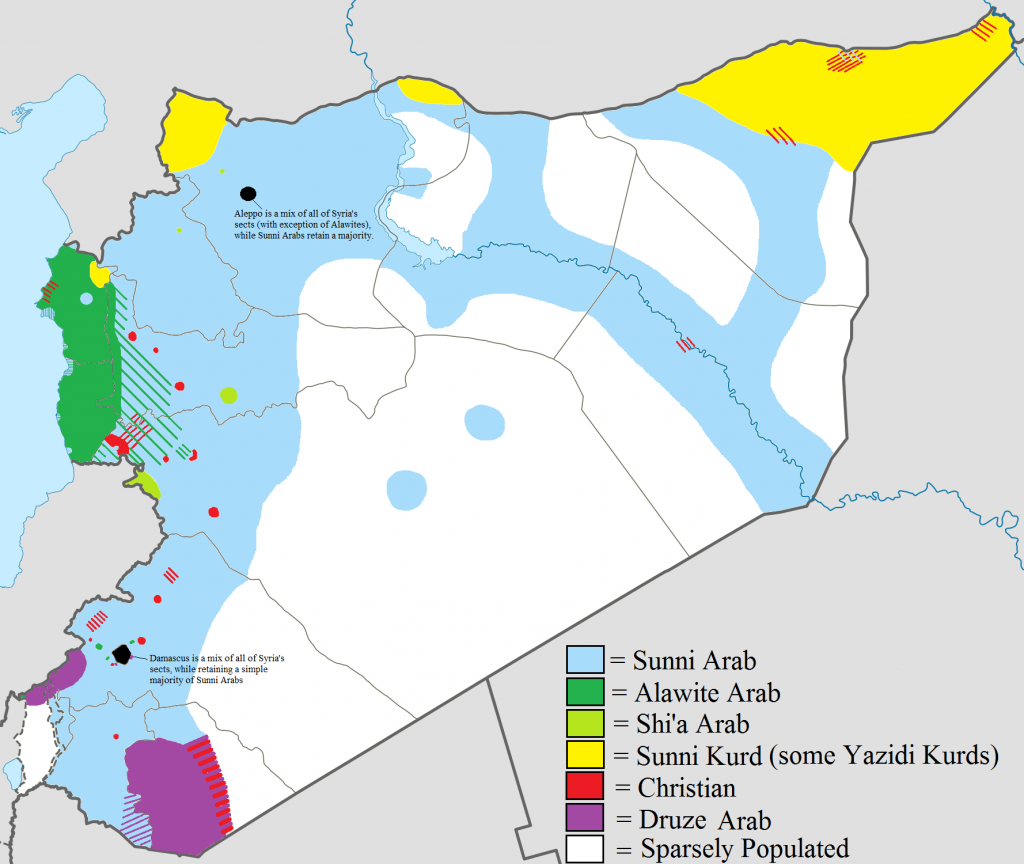Shiafication of Syria
It is not a secret that with the Civil War in Syria Iran has tried to increase its influence in the region by actively supporting Bashar al-Assad led-government. The Iranians seek to transform Syria into a stable base of operations and are promoting cultural, demographic and religious changes in some regions to secure their long-term objectives in the country.
In the process denominated of “Shiafication” Iranian operators are promoting the settlement of Shia families (mainly families of pro-iranian fighters) in regions previously inhabited by other communities. This processes is especially noticeable in the syrian-lebanese border regions. In this zone entire sunni villages have been repopulated by shias from Lebanon, Iraq and other parts of Syria, as their former residents moved to rebel-controlled territories in the north.

Iran used the desire of the regional Shia cummunities to protect the Sayeda Zainab mosque, a holy place for the Shias, to increase its cultural presence in Damascus. By purchasing large areas surrounding the mosque and settling there forge in Shia families with the alleged objective of protecting the holy site, Tehran has managed to “Shiifie” a traditional Sunni neighborhood.
Other mechanism to increase the number of Shias in Syria is the establishment of deep cultural and economic ties between local communities and the Iranian state.

In the economic side, Iranian linked charity organizations are distributing money and food baskets to syrians who live in miserable conditions, a very eficiente way of conquer the hearts and minds of the locals. There are also reports that indicate that iranian groups increase the salary of sunni pro-government fighters that convert to Shia Islam.
One of the most famous cases of mass conversion to Shia-ism was the conversion of the traditional Sunni al-Bekara clan, a tribe from the Aleppo region with deep ties with IRGC and Hezbollah. This tribe formed one of the most active pro-government militia, the Baqir brigade (also known as Liwa al-Baqir, named after the Shia Iman Muhammad al Baqir), a miliary unit that had a critical role in the Aleppo battle.

On the cultural front, Iran has been financing the restoration and building of Shia sanctuaries in government-held zones. They have also been organizing Shia seminaries and scholarships to children to study at Iranian universities, soft power measures that will definitely benefit Iranian influence in the long-term. In Abu Kemal, for example, Iranian groups often dynamize activities for children in which Shia teachings are also included, an attempt to influence and indoctrinate Syria’s ́s younger generations.
The regions where this process has been more successful are the Damascus and Aleppo suburbs and the former ISIS-controlled territories near the Euphrates river. The Deir ez-Zor region is especially strategic for Iran, as this region borders Iraq (Abu Kemal-Al Qaim border passage), other country where Iran has significant influence.

The exact number of Syrians that converted to Shiism because of the Iranian intervention is unknown, but it is reasonable to believe that in some zones the number of Shias (excluding the Alawites) has doubled. The Iranian cultural expansion in traditional Sunni zones will probably originate more sectarian tensions in an already lawless region.
In conclusion, by exploring the chaotic environment in Syria and the importance of religion in this middle-eastern country, Iran has created ties that will facilitate its goals of creating a continuous Shia and pro-Iranian zone stretching from the Iran-Iraq border to the Lebanese port city of Beirut.
Written by Eduardo Batista.
Additional Editing/Formatting by Wyatt Mingji Lim

